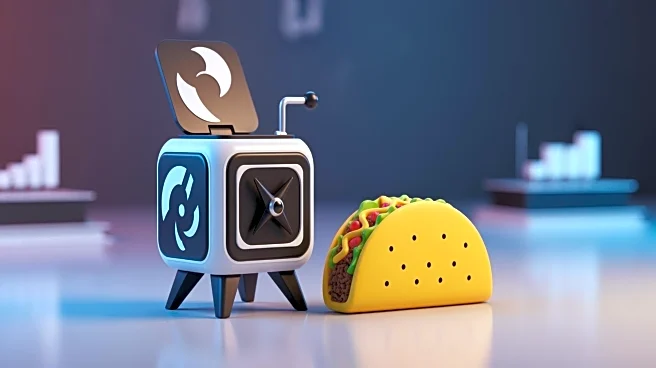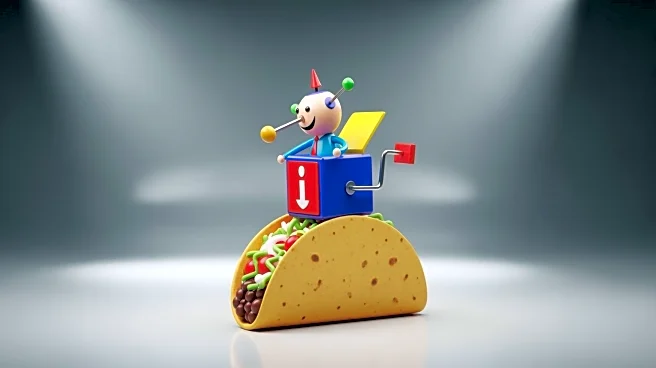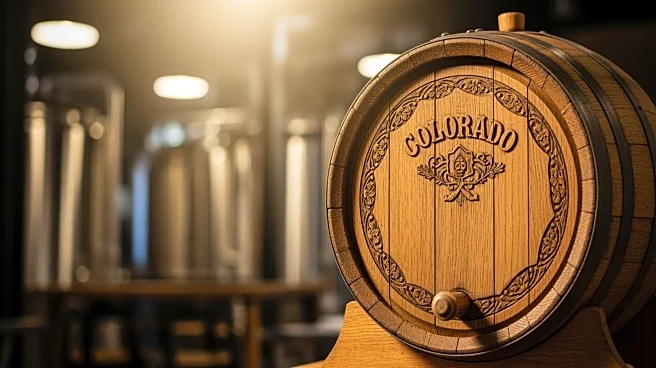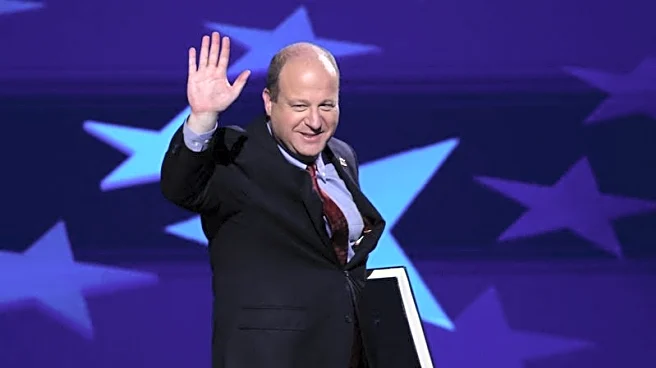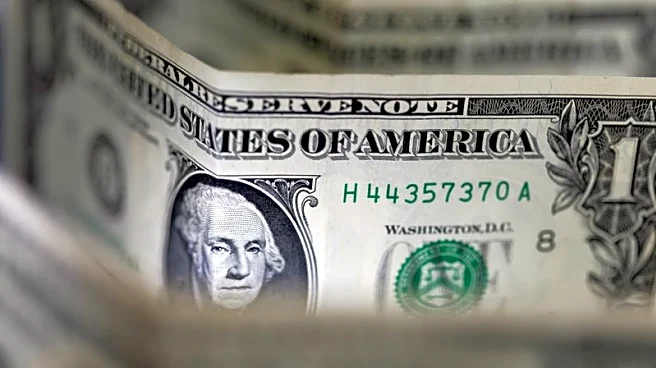What's Happening?
Jack in the Box, a San Diego-based fast-food chain, has announced the sale of its entire stake in Del Taco to Fremont-based Yadav Enterprises for $115 million in cash. This transaction includes over 550
Del Taco restaurants and is expected to close in January 2026. The sale is part of Jack in the Box's 'Jack on Track' revamp strategy aimed at simplifying operations and strengthening its balance sheet. The company plans to use the proceeds to pay off debt. Del Taco, acquired by Jack in the Box in 2022 for approximately $575 million, has faced challenges, including the temporary closure of nearly all its Colorado locations. Yadav Enterprises, which already operates over 300 franchise restaurants, including Jack in the Box locations, will take over Del Taco's operations.
Why It's Important?
The divestiture of Del Taco marks a significant shift in Jack in the Box's business strategy, allowing the company to focus on its core brand and streamline operations. This move could potentially stabilize Jack in the Box's financial position, as the company has experienced a decline in revenue and stock value. For Yadav Enterprises, acquiring Del Taco expands its portfolio and strengthens its presence in the fast-food industry. The transaction reflects broader trends in the restaurant sector, where companies are increasingly focusing on core brands and divesting non-core assets to improve financial health and operational efficiency.
What's Next?
Following the completion of the sale, Jack in the Box will likely concentrate on enhancing its core brand offerings and improving operational efficiencies. Yadav Enterprises will assume control of Del Taco's operations, potentially implementing strategies to revitalize the brand and address its recent struggles. Stakeholders, including franchisees and customers, may see changes in menu offerings and service quality as both companies adjust to the new ownership structure. The restaurant industry will be watching closely to see how these changes impact market dynamics and consumer preferences.
